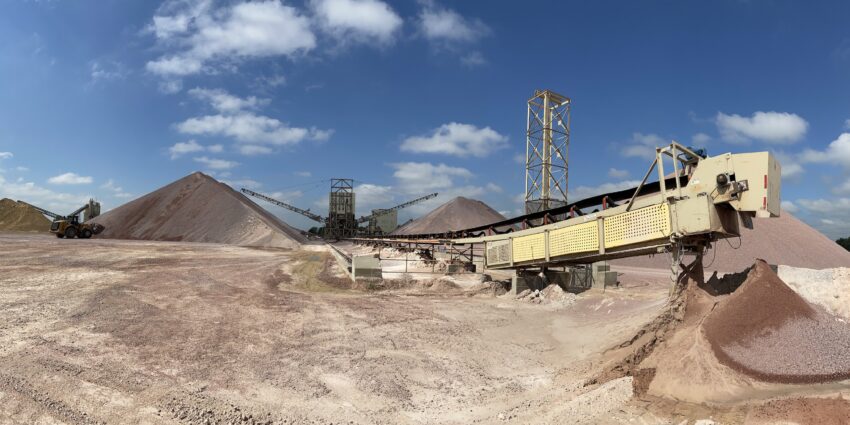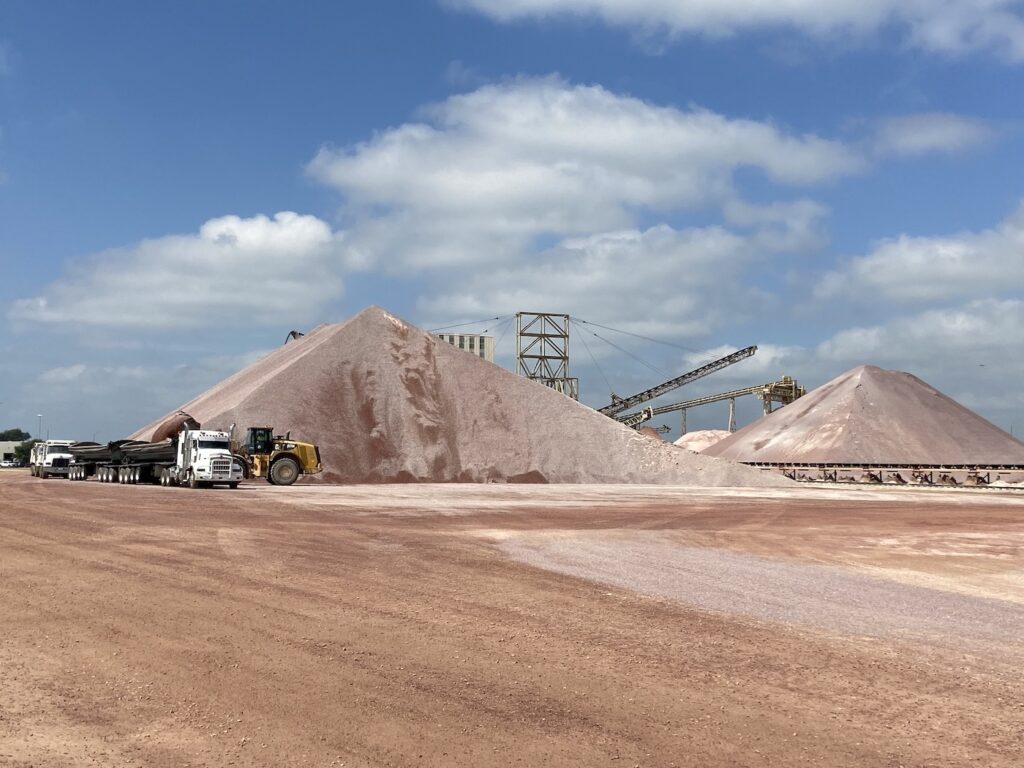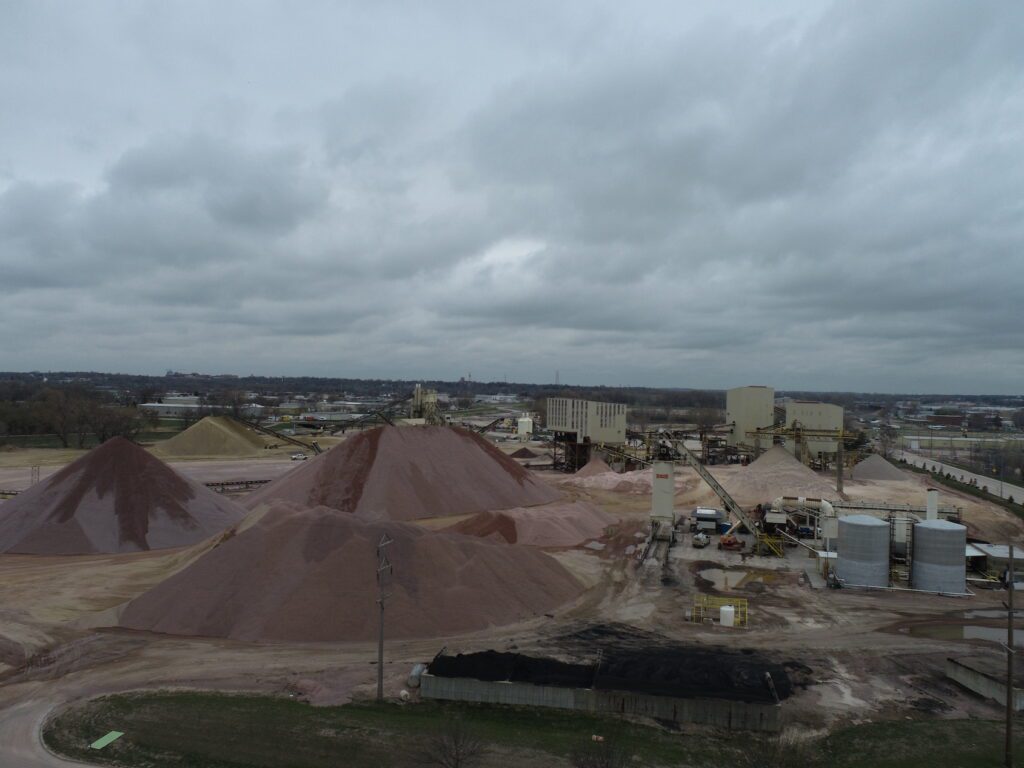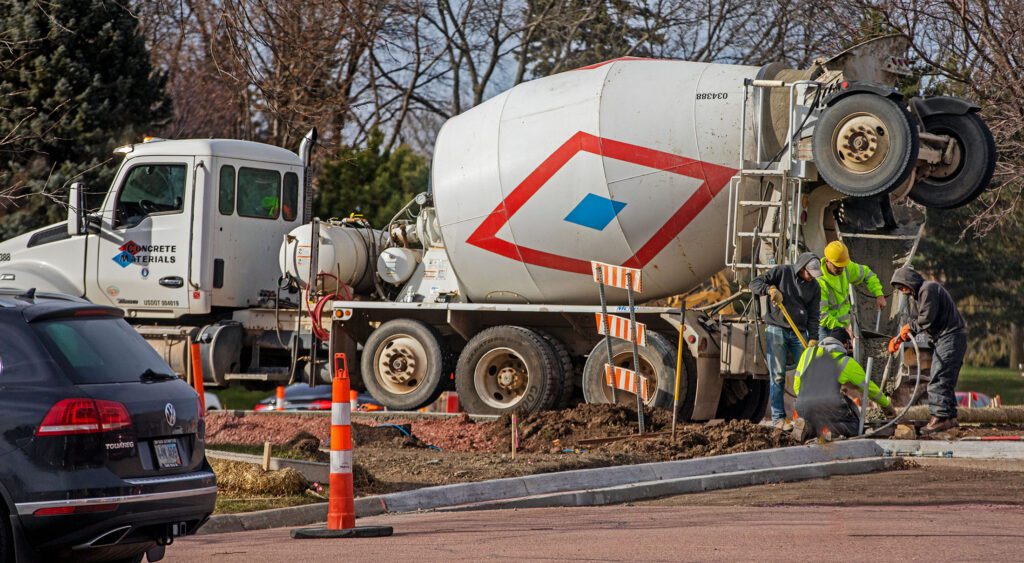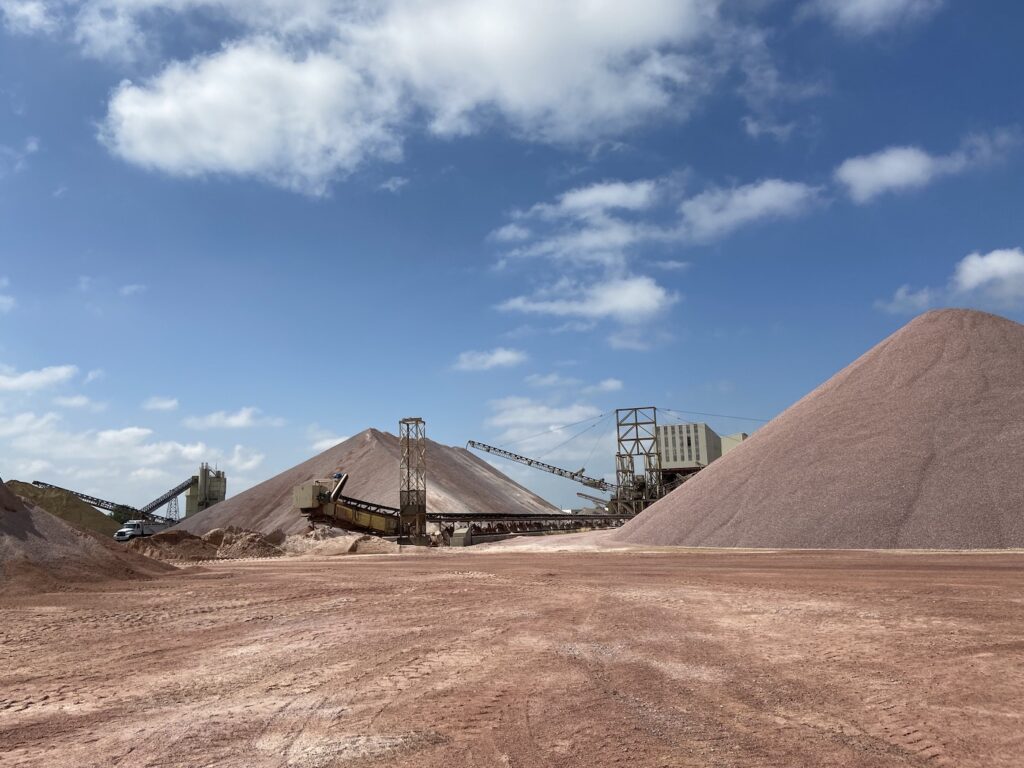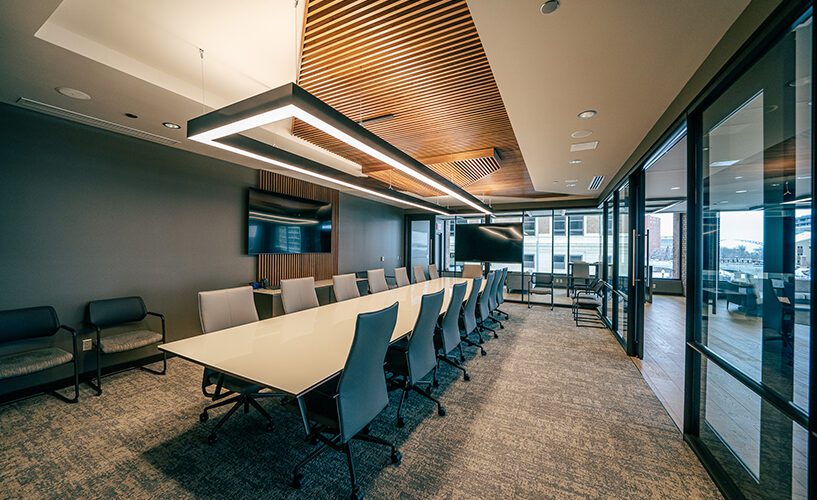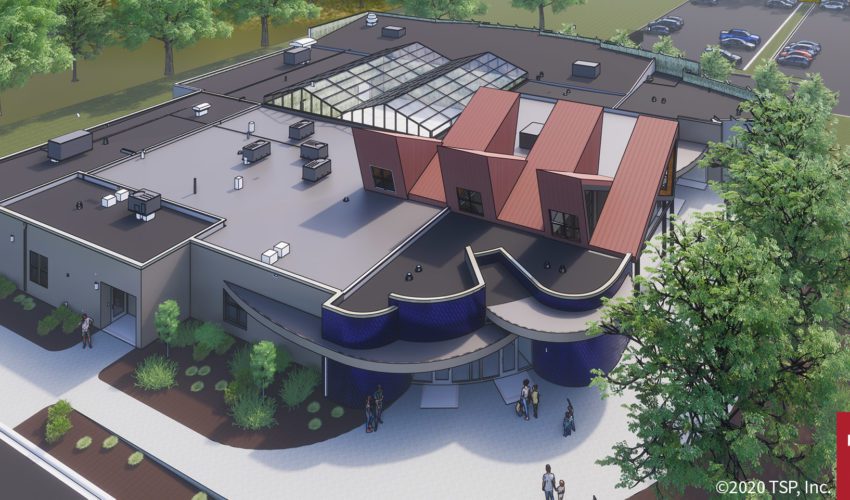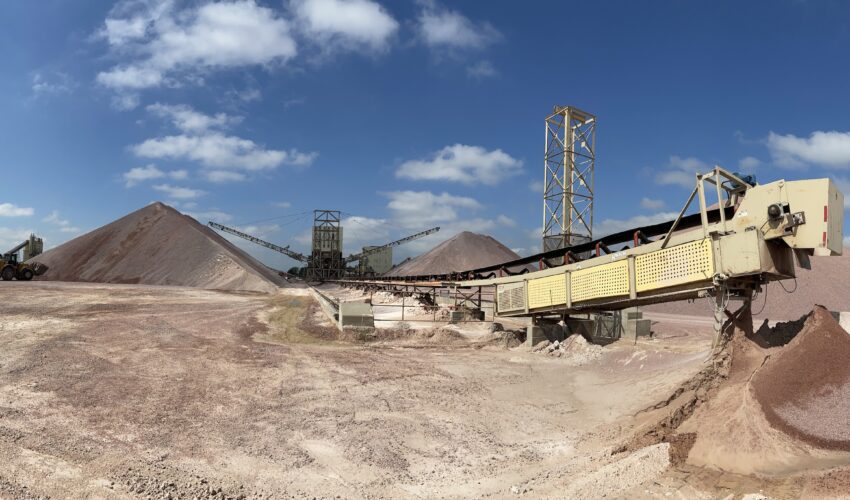Supporting booming building activity requires sourcing material locally
July 25, 2022
This paid piece is sponsored by Knife River South Dakota.
Build or improve a road or parking lot.
Pour stable footings and safe walls under a home.
Rehabilitate a bridge, build a new school playground or add on to a hospital.
At the foundation of all this building activity is aggregate – the stone, sand and gravel that form critical materials needed to build the roads and structures that are so important to our society.
“And that aggregate is not just found anywhere,” said Jim Soukup, president of Soukup Construction. “There are only certain locations where it’s easily viable to mine.”
There’s only one location currently on the west side of Sioux Falls that works: the quarry currently being mined by Knife River South Dakota, formerly Concrete Materials. And it’s running out of rock to further support the city’s growth.
“We’re feeding the growth of this community,” said Knife River South Dakota president Clark Meyer. “The growth Sioux Falls is enjoying demands high-quality aggregates, and it’s our business to provide them. People want to drive on good roads, go to safe schools and buy homes that hold their value, and that’s what we’re helping provide.”
But even an area that has been mined and provided aggregate for decades doesn’t last forever.
“Our legacy reserve is getting quite limited, which is why we’re looking for alternatives,” Meyer said.
One of those alternatives that Knife River believes would help support future mining in the area is the neighboring W.H. Lyon Fairgrounds, where the company estimates adequate supply exists to support construction for the next several decades.
That’s why Knife River is hoping to work with Minnehaha County to buy the property and help fund a new, modern fairgrounds to serve as a destination for agritourism.
“We’ve been a neighbor of the fairgrounds since 1952, and Knife River would like to help set up the fair for a very bright future while preserving the legacy of the Lyon family,” Meyer continued.
“The largest asset the W.H. Lyon Fairgrounds has is the aggregate reserves underneath, which set us up for a win-win for our community. We support the booming construction industry while delivering a fairgrounds that will truly become a regional destination.”
Advantages of proximity
Why does it matter that aggregate supply is close to construction sites? Just ask Harold Goeden, owner of First Rate Excavate, who has been buying materials from Knife River for 40 years and hauls its product to contractors.
“The majority of my haul is in Sioux Falls, and it is critical we maintain that quarry,” he said. “We can’t just go open a quarry anywhere in the state, and that’s the best rock we can get for concrete rock.”
His demand for materials has never been higher and has increased every year since the Great Recession, he said.
“If we have to haul from outside of Sioux Falls, it’s going to add a lot to trucking costs,” Goeden added. “At $5-per-gallon fuel and a dump truck that gets 3 miles per gallon, it’s going to add up, and it’s going to get passed along to the customer.”
And that’s if companies such as his can find the truck drivers to make that many more trips.
“The most challenging employee to fill is our truckers of all the positions in our company,” Goeden said.
Trucks also are harder on city roads, Soukup added.
“The farther that aggregate is from Sioux Falls, the more expensive it is to build roads and buildings, parking lots, so to keep overall costs in check on projects, it’s very important to have a local aggregate source,” he said.
“I think every one of our projects is within 30 miles of our office, and we’re working on about 125 projects in the area right now,” Soukup said. “I can look out my office window and see the Knife River quarry, which isn’t just nice, it’s critical.”
Many communities don’t enjoy this advantage – and it’s reflected in the cost of building.
For instance, consider building a new segment of an interstate highway. The cost to truck materials 20 additional miles is more than $225,000. If it were 40 miles, it’s an extra $580,000. That’s reality for many communities in the Twin Cities, where the source of materials is more than 40 miles away.
Knife River has a Plan B if it’s not able to acquire the fairgrounds, but it’s not the preferred solution because proximity to construction matters so much.
“We’re already crushing at our quarry in Corson,” Meyer said. “That certainly is a backup plan, but it’s going to add traffic in the form of truck traffic and train traffic and cost to end users.”
Knife River estimates by using the Corson quarry instead of Sioux Falls, it will go from sending two trains per day through Sioux Falls during construction season to eight to 12 daily trains, including through downtown.
“We’ve started moving forward on our operations in Corson because that’s the responsible thing to do, but the next step is traffic will start increasing,” Meyer said. “We’ve been sharing that reality with community leaders for 15 years, so we’re hopeful we ultimately can start moving toward the solution that will be best for all.”
If the county agreed to a sale, the fair still could continue to operate at the site for up to five years, he said.
“We could start mining a portion on the west end of the property, which would give time for the community to determine the best future site for the fairgrounds and construct a state-of-the-art facility,” Meyer said. “Knife River absolutely wants to be part of that solution and is prepared to invest accordingly.”

